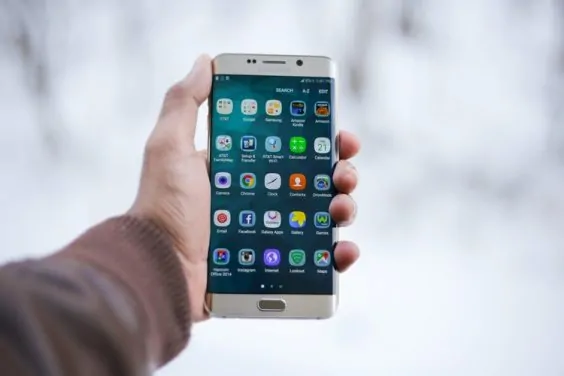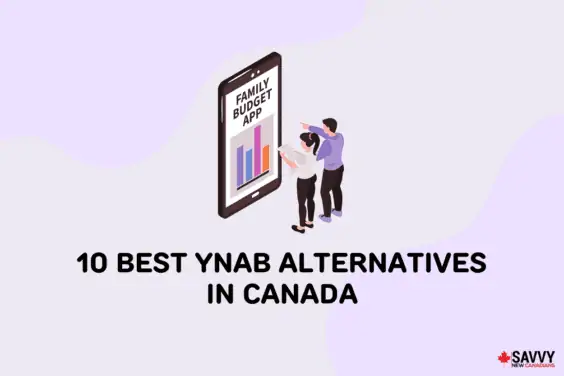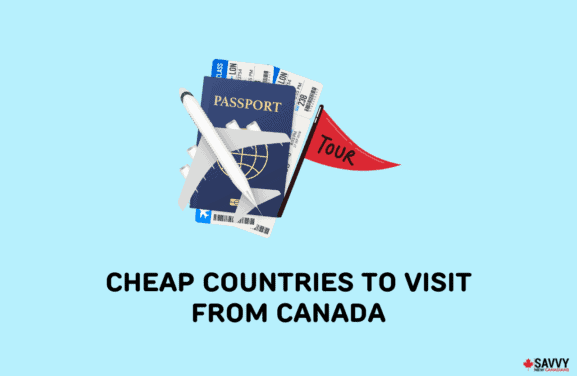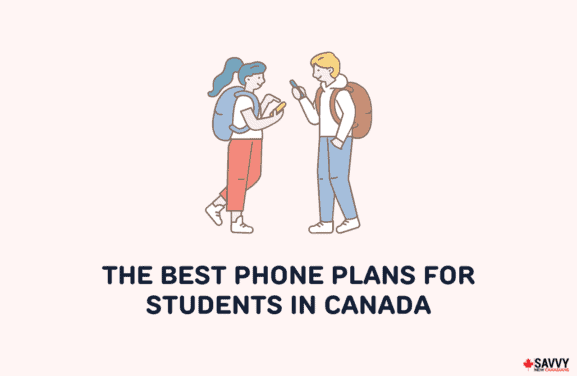Looking to elevate your financial discipline?
A no-spend challenge might be worth trying out. This financial strategy will refresh your spending habits by preventing unnecessary expenditures for a limited time.
It’s a great way to add fun to your current budgeting routine.
In this article, you’ll explore how to do a no-spend challenge and get tips for successfully accomplishing it.
Key Takeaways
- The only rule of a no-spend challenge is to avoid spending money on non-essential goods or activities. The challenge duration is flexible.
- Some benefits of a no-spend challenge are being more productive, increasing your savings, and improving your financial awareness.
- If you want to avoid spending money during a no-spend challenge, find free stuff, avoid temptations, and promise to reward yourself by the end of the challenge.
What is A No-Spend Challenge?
A no-spend challenge is when you entirely refrain from spending money on non-essential goods or activities.
Like most challenges, this strategy is often short-term as it’s not sustainable enough to be a lifelong financial habit.
It’s similar to a week-long strict diet you do before an important event or photoshoot, as both strategies aim for significant results in a short time.
Despite the limited timeframe of a no-spend challenge, however, those who have tried it saw long-term benefits in their financial habits, giving this challenge its worldwide popularity.
No-Spend Challenge Rules
A no-spend challenge only has one rule: only spend on what you truly need.
There’s no mention of when or how long you should do this challenge. Some people do it consistently every weekend, while others, like me, did it once for an entire month.
Having flexible rules is one of the advantages of a no-spend challenge. However, since broader concepts are generally harder to follow, most people, including me, set their own specific no-spend challenge rules.
Of course, you also have the freedom to come up with these rules yourself.
So, to help you get started, I’ll list the basic rules I used while still doing this challenge.
Remember, though, that what worked for me might not work for you, so use the list below only as a reference, not a strict guideline.
The Specific Rules For My 30-Day No-Spend Challenge
No Eating Or Drinking Out
Throughout the challenge, make all meals and beverages at home. Eating or drinking out isn’t allowed unless someone else pays for it. Weekends are no exception.
No Paid Entertainment
Skip all the paid entertaining activities while doing the no-spend challenge. These include watching paid movies, getting new books, etc.
A little exception I allowed, though, was my Netflix subscription, as its renewal payment schedule fell halfway through my challenge.
No Clothes
Cut off any budget allocated for new pieces of clothing or accessories. Chances are, you already have all the apparel you need for the upcoming events throughout the challenge’s period.
No Impulse Purchases
List down the necessary bills and goods you must pay for this month. Every time you have the urge to spend money, revisit the list, and if the purchase you want to make isn’t part of it, don’t push through. This strategy helps avoid impulse purchases.
Pro tip: While there’s no official no-spend challenge app to guide you, you can download a no-spend challenge printable online. It usually includes a set of rules, a recommended timespan, and a checklist, making this challenge much easier to follow.
Related: Here’s a guide to price matching in Canada
Benefits Of A No-Spend Challenge
Here are some benefits of a no-spend challenge:
- More productive use of free time: By eliminating the option to eat out, shop, or engage in paid activities, you’ll find more productive and fulfilling ways to spend your free time.
- Increased savings: As long as you follow your no-spend challenge strictly, you’ll have more savings by the end of your intended challenge duration.
- Improved financial awareness: You become more aware of how much you spend on non-essential items, which encourages you to prioritize spending on the things that truly matter to you.
How To Do A No-Spend Challenge
1. Decide When And For How Long To Do The Challenge
As mentioned earlier, there are no firm guidelines about when or how long you should do the no-spend challenge. You can do this for several days, a week, a month, or even take it to the next level and try a no-spend challenge year.
Once you decide how long you want to do this challenge, decide when you want it to start.
Choosing a specific time frame allows you to prepare for upcoming events that require you to be flexible with your no-spend challenge rules.
For example, I started this challenge in October of last year. While I stuck to the strict budgeting rules 97% of the time, I paused the challenge on the 2nd Monday of the month. After all, who can avoid feasting on good food during Thanksgiving?
2. Set Rules For Yourself
Decide the no-spend challenge rules you have to follow throughout your chosen duration. Similar to what I did in the example earlier, list the expenditure you should avoid and what you’re still allowed to spend on.
It’s important to set realistic and specific goals for yourself. However, remember that this challenge can be as flexible as you want. So, don’t be afraid of adding exceptions to your challenge’s rules.
3. Set A Savings Goal
Knowing why you’re doing a no-spend challenge makes it so much easier to stick to your rules and timeline. So, set a savings goal, which outlines what you’re saving for and how much you need to save up.
Make sure that your goal is achievable within the timeframe of your challenge.
Improve Finances This Year (Save up to $10,000 Easily)!
Finding it challenging to build an emergency fund and grow your savings? These savings planners make it easy. Pick a challenge and a financial goal, and start putting money aside on a schedule. These planners make it easy to track your progress and stay accountable. From saving $200, $500, $1,000, $2,000, $5,000, and even $10,000, you will see real progress if you get started!
Here’s what you get:
- 13 beautiful printables, including:
- Five 100-day challenges (various amounts)
- Savings trackers
- 26- and 52-week challenges (various amounts)
- 30-day savings planners
- Sample templates
Visit our shop to get your copies.
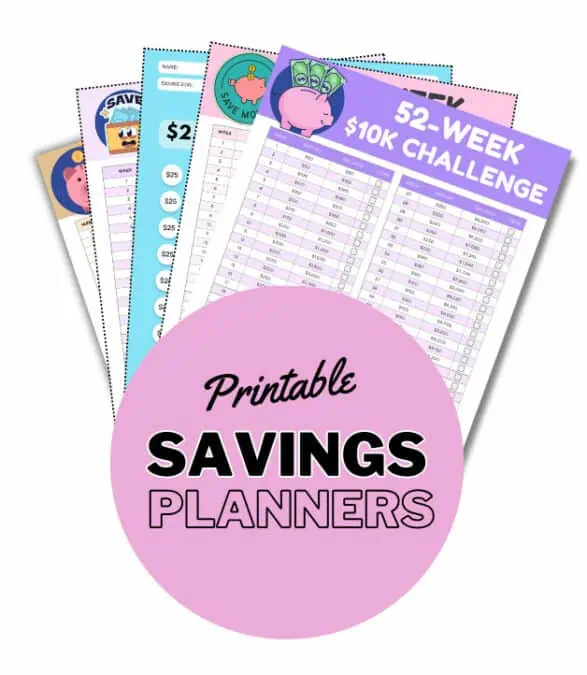
4. Track Your No-Spend Habits
The easiest way to track your no-spend habits is to create a checklist that includes what you’re not allowed to spend during the challenge. By the end of each day, check off every expenditure you successfully avoided.
Note: You can buy printables for tracking your no-spend habits online or use a budgeting app like YNAB.
5. Plan Ahead
Anticipate future difficulties you may come across during your no-spend challenge duration. This way, you’ll know the right strategies or workarounds for when you finally come by these challenges.
Some common difficulties I came across when I did this strategy were:
- Preparing enough meals to eat at work
- Entertaining myself without spending money
- Attending events like birthdays while sticking to the budget
But since I already had strategies to counter these difficulties, I was able to stick to the challenge.
6. Let People Know About Your Challenge
Social pressure is one of the biggest hurdles of following a strict no-spend challenge. It can be difficult to constantly turn down invitations from friends or colleagues. In some cases, declining them may not even be possible at all.
Letting people know you’re taking on a no-spend challenge can make it easier to excuse yourself from upcoming events or occasions. You’ll most likely receive encouragement as well, increasing your accountability for this challenge.
Related: 20 Monthly Expenses To Include On Your Budget.
How To Avoid Spending Money During A No-Spend Challenge
Here are my go-to tips for avoiding spending money during a no-spend challenge:
Find Free Stuff
Whenever you want to get or buy something, consider finding free stuff instead of paying for it. For example, you can get free samples, gift cards, and even furniture in Canada. So research how you can get items for free in your local community.
Avoid Temptations
Delete promotional reminders, skip your favourite stores when going out, and leave your credit cards at home. It’s much easier not to spend money if there’s no nearby temptation.
Promise To Reward Yourself
Always remember that this no-spend challenge is temporary, not a permanent restriction. Promise to reward yourself with the item or activity you want the most by the end of your challenge to make it easier to stick to the plan.
Conclusion
A no-spend challenge is a great way to reset your spending habits. By identifying and avoiding recurring non-essential expenses, you can develop healthier financial skills to reduce financial stress and achieve your savings goals.
You’re now equipped with the must-know tips and tricks to accomplish a no-spend challenge. You have my best wishes for undertaking this journey!
FAQs
To succeed in a no-spend challenge, you must eliminate all non-essential expenses throughout the limited time frame of your choice.
You can improve your life without spending money by getting more in touch with your creative and productive side. Instead of spending money whenever you’re bored, for example, you can pursue your passion or spend more time with your loved ones.
The 30-day rule is a financial strategy that suggests waiting 30 days before making a non-essential purchase. This gives you ample time to consider whether spending money on that product or service is necessary.
On a no-spend weekend, you can enjoy leisure activities at home, declutter the house, cook or spend time outside. Weekends don’t have to be boring just because you’re not spending money.
Related: Find ways to save money even with a low income.
